Five-Minute Meeting: Minimum Approach Distance for Insulated Aerial Lifts
Five-Minute Meeting: Minimum Approach Distance for Insulated Aerial Lifts
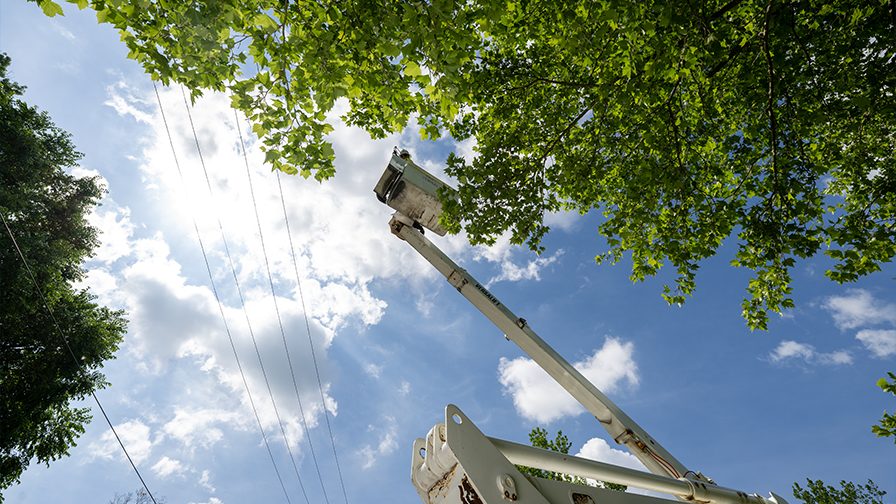
Five-Minute Meeting: Minimum Approach Distance for Insulated Aerial Lines
Aerial lifts must never contact any energized line.
As a qualified line clearance arborist, you are aware that the American National Standards Institute (ANSI) Z133 and the Occupational Safety and Health Administration (OSHA) require workers to maintain a minimum approach distance (MAD) from energized lines. A minimum approach distance chart can be found on insulated aerial lifts and within the Z133. To read the minimum approach distance chart, one must first know the voltage of the line.
A common voltage found on most job sites is 240-volt secondary service wires. These are frequently found running from a transformer to a residential property and between poles, below the transformer, and above the communication wires. According to the Z133, the minimum approach distance for this voltage of wire, for a qualified line clearance arborist is to avoid contact.
Furthermore, the minimum approach distance also applies to aerial lifts, including those that are insulated. In fact, with the exception of dielectrically-tested pole tools, minimum approach distances apply to ropes and most other equipment found on a tree trimming truck. This is because the insulating qualities of an aerial lift can become compromised during regular use and by contaminants such as water, dirt, and oil. While the probability of the insulated portion of a boom to conduct is low, the possibility is still there. Therefore, to protect aerial lift operators, ground personnel, and the public, minimum approach distances must be adhered to with aerial lifts.
No worker shall ever have any portion of their aerial lift, including the insulated portion, come in contact with any energized line, including 240 V service wires.
Related Articles
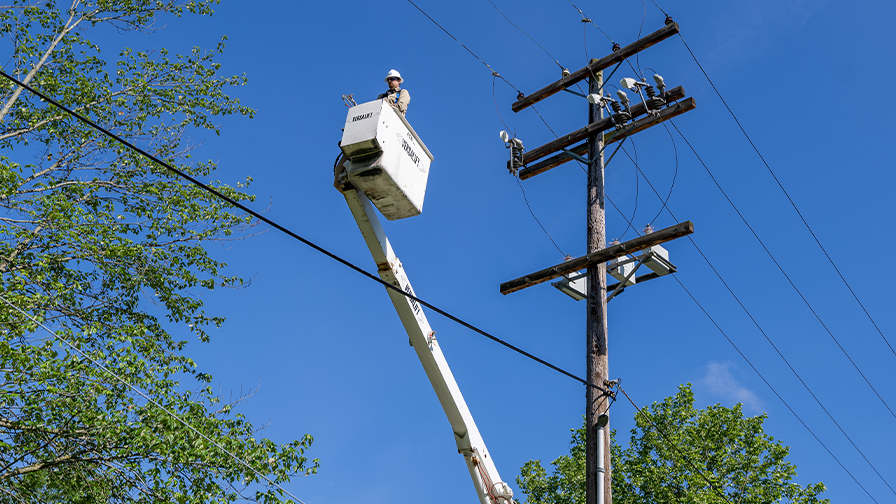
Five-Minute Meeting: Working Around Secondary Wires and Low Voltage Lines Though the American National Standards Institute (ANSI) Z133 allows us to “avoid contact” with secondary lines or those under 750 volts, we need to exercise caution around these lines because they carry lethal voltage. Secondaries have lower voltage than primaries. We can distinguish them by[...]
Read More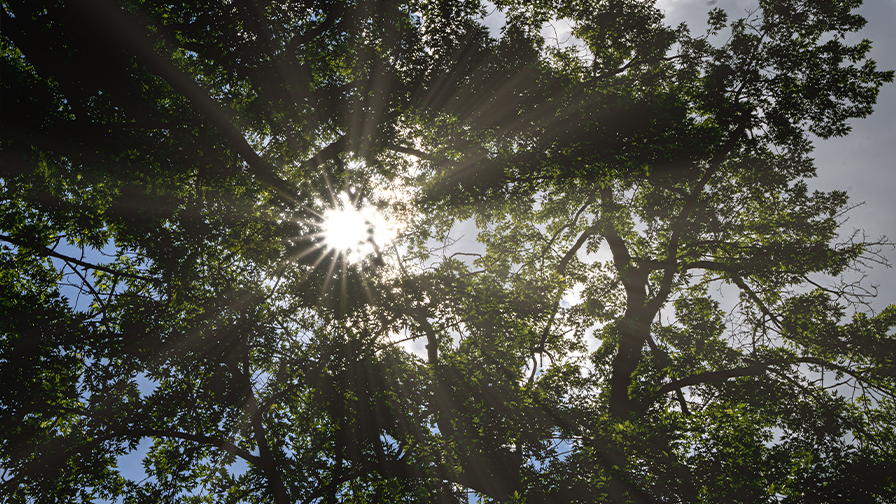
Five-Minute Meeting: Working Overhang When conducting pruning operations, even for small branches, the best practice is to remove branches in a “total branch control” manner using ropes or by reducing the size of the branch you are cutting into a much smaller piece. In a weekly kick-off safety meeting, a utility noted a situation that[...]
Read More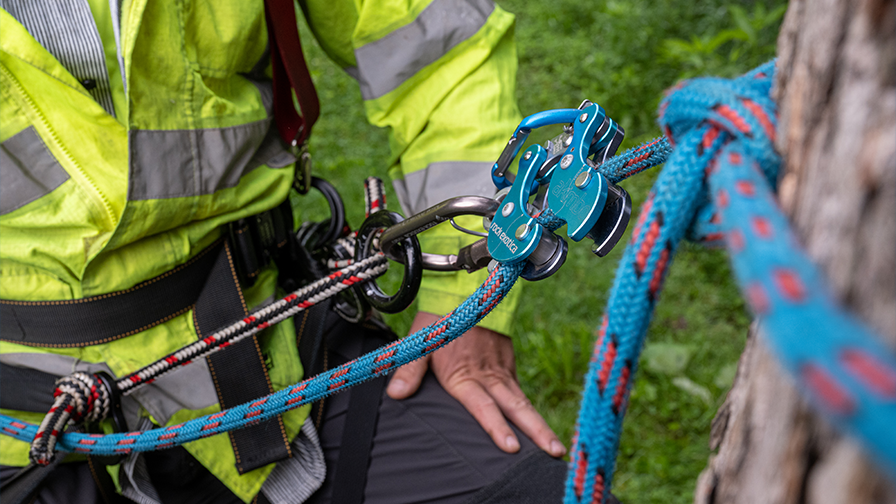
Wear, tear, and other damage to equipment can present safety hazards in the field. Equipment maintenance can prevent these safety hazards from arising and is essential for continued safe work with that equipment.
Read More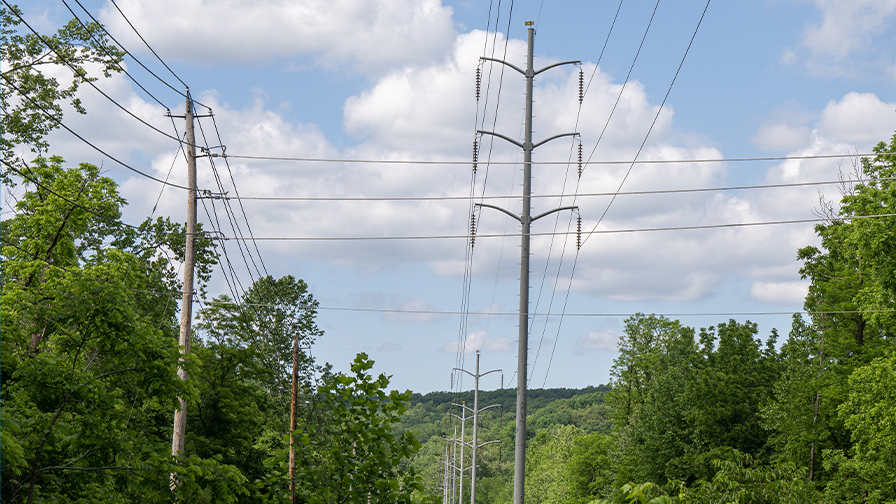
Secondary services can be neglected in UVM conversations, but it is important to know what they are, their dangers, and how to prevent injury and death.
Read MoreSUBSCRIBE
Subscribe to our mailing list to receive updates.
Categories
Recent Posts
- How-To: Learning Knot Basics 02th Aug 2018
- How-To: Tying a Stopper knot 07th Aug 2018
- How-To: Selecting the Right Safety Vest 21th Aug 2018
- How-To: Tying a Slip Knot 04th Sep 2018
- How-To: Inspecting Your Snaps 18th Sep 2018
Training the Next Generation
All our classes are built on industry safety practices. Ready to start learning?